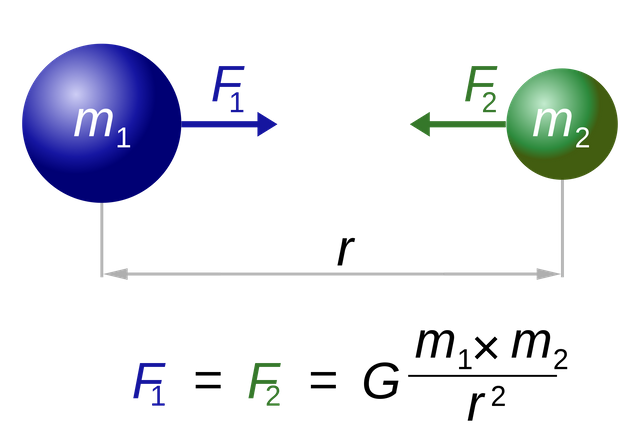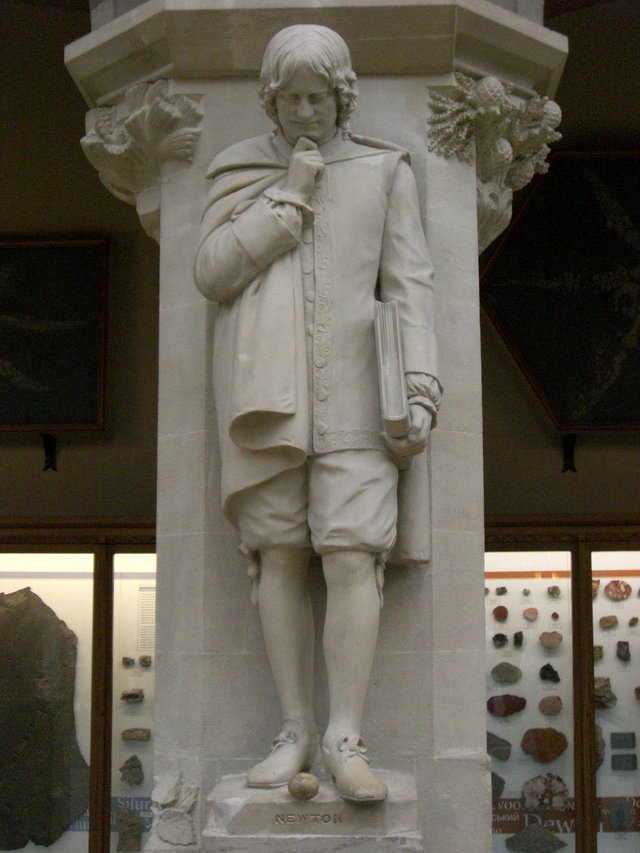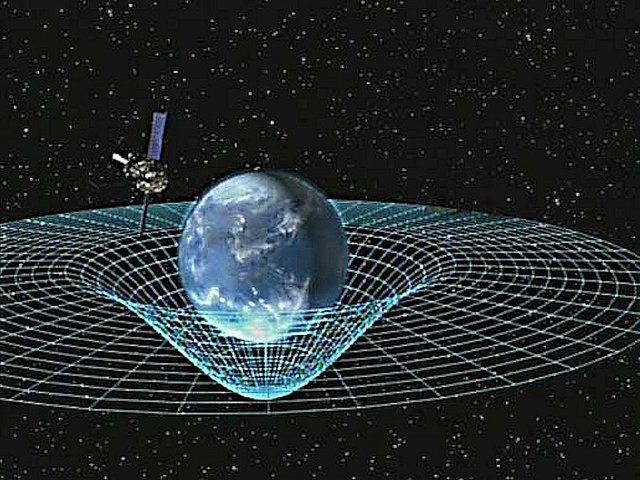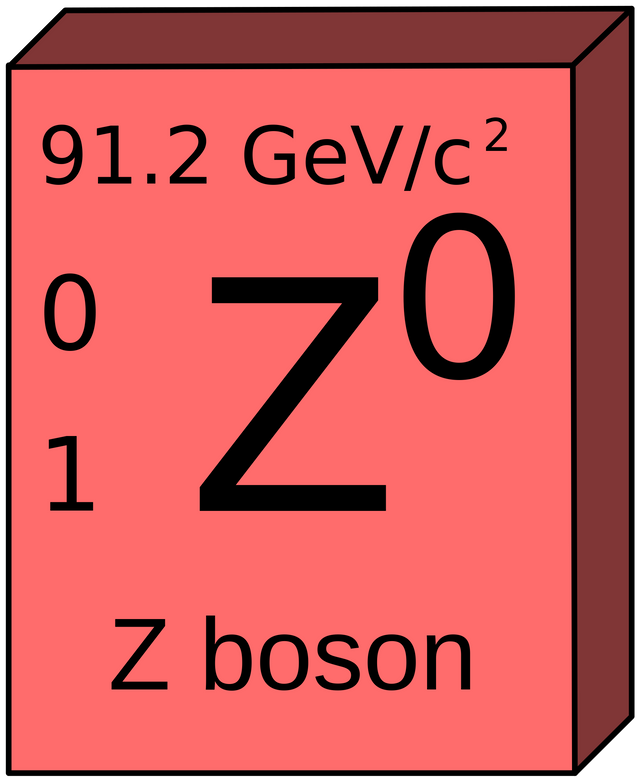Universal forces of nature 01 -- Gravity. Newton's word Vs Einstein's!

Good day steemSTEM, glad to see the community is duly back from the much needed break, and it's good to see a few changes here and there to accommodate the newest members, and to make for a better, prouder STEM community on the blockchain. It can only get better.
Communication is community!
Due to my exam schedules, I haven't had the time to carefully develop an article. However, I have been doing a bit of scribbling here and there whenever I have the chance. Well, we're through to the last week of the exams, and I stole away briefly from my books to put this down. Hope this imparts some knowledge to our world.
PS: This Article is dedicated to my family, who have always been a pillar of support to me!

Our world is governed by a number of laws, forces, and principles. These forces affect everything we do and how we have come to perceive earth. But hey, it's not just Earth alone. These laws apply even in the most distant of planets, and you would still be subject to these forces if ever you should visit them. In the science world, they are termed as "The Universal forces."
Basically, There are four of these forces, and they are:
- Gravitational force
- Strong nuclear forces (Which binds protons to the nucleus of an atom)
- Weak nuclear force
- Electromagnetic forces
I originally had it in mind to discuss them all in a single article. However, this article got a lot lengthy and I've decided to split and write about the weakest and most abundant of the forces alone: Gravity!

Gravitational Force! --- Apples, Newton, and the Big 'ol G.
It's possible that a good number of us know Newton, and how he discovered gravity when a apple fell on his head! (Okay, you got me, that wasn't how it happened exactly. The apple didn't fall on his head. But yeah, it fell anyway! :P) and that led him to realize that there existed some kinda force that tends to pull everything we see on earth towards the core of the earth, and that this force could be responsible for our planet's incessant trek around the sun every 365 days! The force Newton recognized - the force that holds us all earth-bound - is called The force of Gravity!.
Basically, Objects of any size are pulled towards each other by gravity, and the strength of gravity of an object depends largely on the amount of mass that object has. Planets, stars and galaxies are so large and massive that gravitational force affects other bodies around it in space.
Gravity keeps the planets in orbit too!
True that. According to Newton, Our Sun exerts a gravitational pull on the earth and the other planets, and keeps them on the move on an elliptical orbit around it., and that without this force of gravity, every planet would move in a straight line away from each other, and Earth really wouldn't have a home address in the universe.
The Sun's gravity is so great that it Covers a large space to keep planets as huge as Jupiter in axis, given its distance of about 778 million km away from the Sun. Our earth's gravity is also pretty strong, and it extends up into outer space to keep the moon in axis around it. Today, with the help of gravity, humans have been able to launch artificial satellites and maintain them in orbit.
Our moon isn't left out in the party as well. You see, gravity goes both ways, and no matter how small an object is, as long as it exists by mass, it has a certain degree of gravity or pull towards itself. The moon's gravity on the earth causes ocean bodies closer to its location to bulge. We know these bulges as tides, and because the moon has smaller mass in comparison to our earth, it's only about one-sixth as strong as earth's, and people who have gone to the moon testify that they could leap much more higher out there than on earth. Like planets, asteroids and comets are also under the gravitational effect too.

Pioneers of gravity -- Newton's law, Galileo, and the tower at Pisa!
I deduce that the forces which keeps the planets in their orbs must be reciprocally as the squares of their distances from the centers about which they revolve...
Okay, that was a mouthful, but those were the exact words of Sir Isaac Newton when he published his hypotheses about gravity and made it available to the science community in 1687. From this statement stems an all-important formula that so far has proved successful at quantifying gravity, and calculating the force of attraction between two particles, (i.e; between you and the guy sitting next to you!) This is known as Newton's law of universal Gravitation, and could be clearly paraphrased as:
Every particle in the universe attracts every other particle with a force that is proportional to the product of their masses, and inversely proportional to the square of the distance between them, measured from the center.

As evidenced in the formula above, gravity between two objects really did depend on their masses, as well as the distance apart and the big G- the universal gravitational constant.
This G is constant throughout space and time with the same numerical value of 6.67x10-11Nm2/kg2 for every object in space, and shouldn't be confused with the lower-case g that is peculiar to a particular place alone.
While G is a scalar quantity, and doesn't change in value, g is a vector quantity, and it is defined as the acceleration effect due to gravity on every free falling body in an atmosphere and could differ from planet to planet. For Earth, g is equivalent to 9.81m/s2.
Newton also calculated that because the moon is 81 times 'less-massive' than the Earth, if you weighed 100 lb (pounds) on earth, you would weigh just about 17 lb on the moon. That's just 1/6 of what you originally weigh on earth, and proves that the weight of an object is dependent on the mass as well as the acceleration due to gravity (g), of a place.
F = m x g
Obviously, one's mass doesn't change, and since our moon is smaller, its pull on objects toward its center (g) is smaller than Earth's.
Scientists have also discovered and calculated gravity for other planets as well, and our 100 lb guy would weigh 253 lb on Jupiter and 114 lb on Neptune. Below is a table that shows the gravity of planets in comparison to earth's. That is, taking the gravity of earth to be unity (1), it is easy to identify which planet has more mass and gravitational pull on objects towards its center.
| Planet | Relative Gravity | Average distance from the Sun (Millions of Km) |
|---|---|---|
| Mercury | 0.38 | 60 |
| Venus | 0.92 | 108 |
| Earth | 1.00 | 150 |
| Mars | 0.38 | 228 |
| Jupiter | 2.54 | 778 |
| Saturn | 1.06 | 1427 |
| Uranus | 0.92 | 2870 |
| Neptune | 1.20 | 4497 |
| Pluto | 0.07 | 5900 |
But of course Newton wasn't the only guy to have ever worked on this. Earlier on before newton observed this, Galileo Galilei (1564-1642) and his very famous habit of dropping stuff from a rooftop also noted something.
On the tower of Pisa, Galileo had dropped two similar objects of different weights and discovered that both objects reached the ground at the same time, regardless of their weights. This proved that the acceleration of every object towards the ground is the same, and that the time of descent should always be the same for every object too, weather it's a penny or a feather.
As true as that is, it doesn't work for lighter objects such as feathers. (at least not on earth). and that is due to the air resistance messing with things. However, if this same experiment is carried out in a place void of an atmosphere, a vacuum (say, Space), Then even feathers fall at the same speed with hammers!

Einstein's take on gravity, CERN and the search for gravitron!
So we've successfully established Newton's model of what gravity is, and we agreed that gravity is a force. This model has been working well for us so far, but from the point of view of a particular scientist, maybe this wasn't the case, maybe gravity wasn't a force at all.
In 1915, World's renowned scientist Albert Einstein, gave an explanation on the fuss about gravity that was a bit different from what Newton had earlier proposed.
According to Einstein, gravity wasn't a force!, rather, it was a distortion in the shape of the space-time dimension.
Einstein explained that Newton was right to have proposed that two parallel objects in motion would never meet unless an external force happened. but Einstein argued that if and when they do meet, rather than see gravity as a force, it is a curve/distortion in the space-time dimension, and that the objects were pretty much still traveling on a straight path. According to Einstein, though the Earth looks like it is going round the sun in an elliptical path, it is actually taking a straight path through a warped space-time. As seen in the image beside, Earth as well as several bodies in space make a distortion around it. objects already on motion in this area would be held by this distortion.
This, is Gravity! and Einstein was dead brilliant!
For further reading, all of this and more, can be found in Einstein's Theory of special relativity.
Einstein's model of gravity opened a whole new perspective of things, and paved the way for scientists to explore the microscopic and propose theories about forces in general. In fact, a microscopic scale of things suggests that some particles might be responsible for this universal phenomenon of gravity, and generally all of the universal forces. Now we know photons to impart electromagnetism (which includes light), the W and Z bosons to convey weak nuclear forces, and gluons to transmit strong nuclear forces. Maybe, gravity, being one of the universal forces, was due to some kind of particle as well.
Even though it hasn't yet been observed with the eye, it is very evident that gravity is enacted by some hypothetical particles with unknown mass moving at the speed of light! This, we call gravitrons!
Heck, one could make a whole book off this whole gravity, gravitron and space-time talk! especially given the weird fact that gravitron are massless and yet carry energy!. This would mean that a gravitron can create more gravitrons infinitely outta thin air, and that would explain why despite gravity being the weakest of the four universal forces, it is the most abundant, and exists even where light (electromagnetism) hasn't yet. (Some planets are so far away from any star that they cannot be seen without the use of infrared to view them in space. however, as long as planets have an atmosphere, there's gravity!).
If you're interested in this kinda stuff -the constant collision of particles to see what you can get by, the chase for gravitron and other subatomic particles like the big boys at CERN do, @lemouth 's crash course series on particle physics could be a good place to start, as well as the string theory which tries to unify these forces!

In conclusion, Gravitrons or not, Our basic knowledge about gravity and its effect on our world is pretty simple; What goes up, must come down!. who knows, right? perhaps someday we might get to see gravitrons and understand why. but until then, be rest assured that dear Earth won't go hurdling into the sun any time soon, because Gravity's got our back!
Thank you for being here!
@pangoli
References:




beautiful write up and quick guide about the different forces. Thank you
@mcfarhat. been a while sir. Thank you for stopping by
I'm glad you mentioned the Einstein's view on gravity not being a force. Good job here.
Thank you green!
Congratulations! Your post has been selected as a daily Steemit truffle! It is listed on rank 13 of all contributions awarded today. You can find the TOP DAILY TRUFFLE PICKS HERE.
I upvoted your contribution because to my mind your post is at least 17 SBD worth and should receive 80 votes. It's now up to the lovely Steemit community to make this come true.
I am
TrufflePig, an Artificial Intelligence Bot that helps minnows and content curators using Machine Learning. If you are curious how I select content, you can find an explanation here!Have a nice day and sincerely yours,

TrufflePigI think Einstein explanation of gravity is okay ,
Very timelu post, I was reading about steven hawking and his works. Hawking was the one who actually explained most of Einstein mathematical equation into real life situation, I think he deserves a good thumbs up !
True that! Hawking was amazing!
Nice post. I just have a few comments, if you don't mind!
Actually, this is still tested those days. The microscope experiment will probably show that the gravitational mass and the inertial mass equality (known as the principle of equivalence) works at the 10-18 level by the end of this year.
This is not correct. Any particle moving at the speed of light is massless. CERN cannot detect the graviton itself, but is capable of detect some of its more massive excitations as predicted by extra dimensional theories.
Glad you're here! It wouldn't hurt to get a few corrections from an expert. The truth needs to be passed across. Thanks for stopping by sir. Points noted.
My pleasure :)
You made a good balance , but I think the concept by Sir Isaac Newton is best .
Nice post
I wouldn't say that. It definitely isn't. Einstein's definition is more ideal and teaches a lot more about gravity. The more the mass and size of a body, the steeper and wider the disyortion around it is. However, Newton's model is always a good place for beginners to begin. Its pretty basic.
Both models are important and correct. They just have different domains of application.
Thanks @pangoli for taking us back to old days school where cramming and understanding the laws is constant (K).
Being A SteemStem Member
This is a good one! Thank you for that. Einstein’s incredible view on gravity led the humanity to the concept of black holes that are the probable creators of life in the universe. I would like to know about Newton’s thoughts about general relativity of Einstein if he lived in that period.
Yeah, wouldn't that have been some cool debate? lol. Like Lemouth pointed out in one of his comments above, both theories are correct and are used in different cases. Don't we all just love how diverse Science all is... :D
Your short blogs are cool. keep it real
You can take a look at this. This one is my newest one.